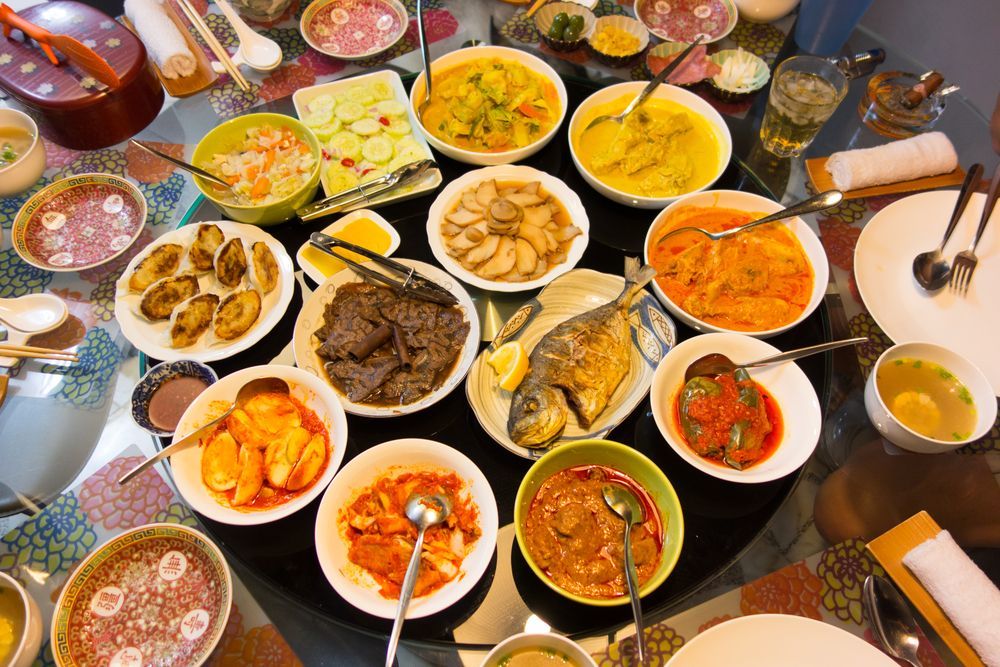How can a food handler recognize pathogens in processed food? Of course, yes. There are a couple of key things to note which will help greatly in the identification of microbial growth in commercial food by texture, colour, and even by visually examining the condition of the food. These factors are all interrelated, but let’s start with the texture. This is the feel of the product in your hand. If it’s hard or slick, it is more susceptible to bacterial contamination. Another important factor regarding how can a food handler identify pathogens from a processed food is related to the food items themselves.
For example, does the food item have any color or flavours? Usually food items are dyed or flavoured, so that customers will think they are wholesome or good for their health. However, these additives are not always removed during the manufacturing process. Therefore, this type of food can present potential risks to the eater. The third factor to consider is the source of the food, which is also very important in how can a food handler identify pathogens.
For example, can we find pathogens on common food sources? The answer to this question is no. On the other hand, you cannot identify a common food source as an indirect source of food borne pathogens because the common food sources do not generally require washing procedures. However, washing methods are required when handling chicken and pork products and most likely, washing techniques will not remove the Salmonella.
The fourth factor to consider – is related to equipment used in processing. Equipment used in commercial food processing can be contaminated. This includes utensils, knives, cutting boards, drying equipment, drying racks, and so on. Therefore, you should know how can a food handler identify pathogens on these types of equipment. The Salmonella is spread mainly through equipment.
How can a food handler recognize if a pathogen is present on a common food source? For instance, you can perform a visual inspection by looking at a cut apple and determining if it has been colored before being sliced. In addition, you can determine whether the piece of fruit has gone from green to yellow and then back to green again. However, visual inspections cannot detect all possible pathogens and so visual testing is not always conclusive.
How can a food service operator to assure – that his staff and workers are not exposed to harmful Salmonella or other bacteria that can be harmful to the human body? Salmonella infections can be fatal!
It is very important to maintain a safe food handling environment and healthy lifestyle, as well. You can learn more about Salmonella tests by following the links below.

